We are living in a time many people refer to as the Anthropocene. Humans have become the single most influential species on the planet, causing significant global warming and other changes to land, environment, water, organisms and the atmosphere.
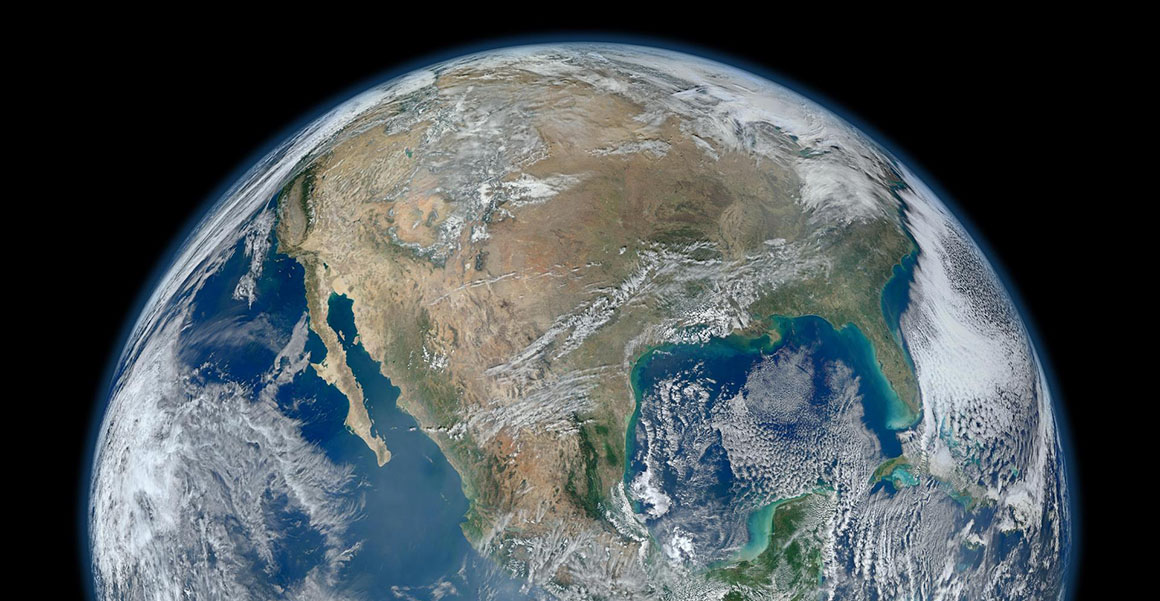
A satellite image of Earth from space. Humans are transforming the planet, creating changes like global warming. But are we impacting the fossil record itself? Image: NASA.
The word Anthropocene comes from the Greek terms for human ('anthropo') and new ('cene'), but its definition is controversial. It was coined in the 1980s, then popularised in 2000 by atmospheric chemist Paul J Crutzen and diatom researcher Eugene F Stoermer. The duo suggested that we are living in a new geological epoch.
It is widely accepted that our species, Homo sapiens, has had such a significant impact on Earth and its inhabitants that we will have a lasting - and potentially irreversible - influence on its systems, environment, processes and biodiversity.
The Earth is 4.5 billion years old, and modern humans have been around for around a mere 200,000 years. Yet in that time we have fundamentally altered the physical, chemical and biological systems of the planet on which we and all other organisms depend.
In the past 60 years in particular, these human impacts have unfolded at an unprecedented rate and scale. This period is sometimes known as the Great Acceleration. Carbon dioxide emissions, global warming, ocean acidification, habitat destruction, extinction and widescale natural resource extraction are all signs that we have significantly modified our planet.
Not everyone agrees that these changes represent enough evidence to declare a new formal geological epoch, the Anthropocene. Scientists all over the world are still debating.
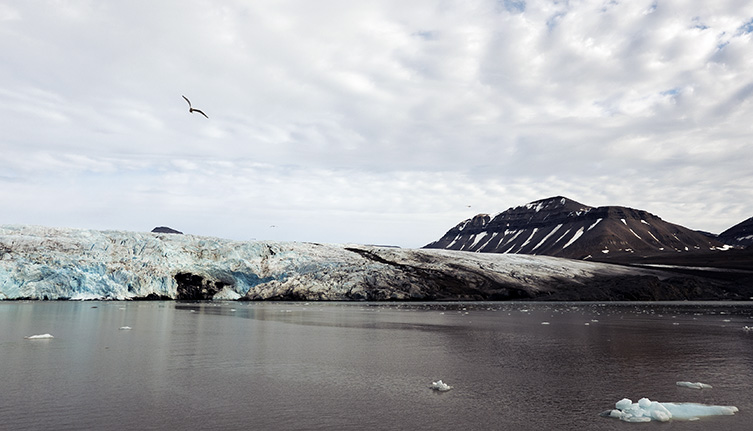
Although Earth's climate has been relatively stable for thousands of years, global warming is having an effect on polar regions like this one on Svalbard. It is one sign that we could be living in a new epoch - the Anthropocene.
The Holocene Epoch and the Ice Age
Let's take a look at the geological meaning of the word Anthropocene. The history of planet Earth is long: about 4.5 billion years. Scientists divide up this huge history using geological epochs, eons, eras and ages to create a timeline.
Epochs can last for millions of years and are defined by significant changes in rock layers, such as mineral composition and the appearance of distinctive fossils. Each variation reflects a major climatic change.
For the last 11,500 years, Earth has been in the Holocene Epoch. It began at the end of the last ice age, when glaciers that had previously covered Earth disappeared.
How has Earth changed during our current epoch?
The Holocene has seen major change on our planet, including the rapid population growth of our species and the development of modern civilisations. In the last 11,500 years, humans have built cities and achieved colossal technological advancements.
Since the last ice age, Earth's climate had been relatively warm and stable.
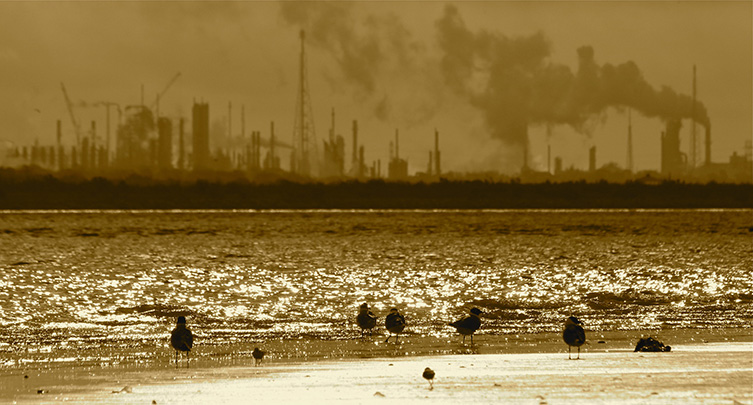
Signs of the Anthropocene
It is clear that our climate is no longer stable and is beginning to warm rapidly. Scientists now agree that human activity, rather than any natural progress, is the primary cause of the accelerated global warming. Agriculture, urbanisation, deforestation and pollution have caused extraordinary changes on Earth.
Geologists disagree over whether humans will have a lasting and meaningful impact on the chemical composition of the rocks and fossils beneath our feet. This is what will need to be proven to declare a new epoch. Humans have been around for such a short period relative to Earth's history that it may be too soon to tell whether our impact will be visible in the fossil record millions of years from now.
The International Commission on Stratigraphy - the body which oversees how we talk about the history of Earth - has the power to decide on and name geological epochs. They are still debating the proof for the Anthropocene and are looking for what's known as a 'golden spike' - a marker in the fossil record which could demarcate the Holocene from the Anthropocene.
This marker will have to be so significant that it would be detectable in rock layers thousands and even millions of years into the future.
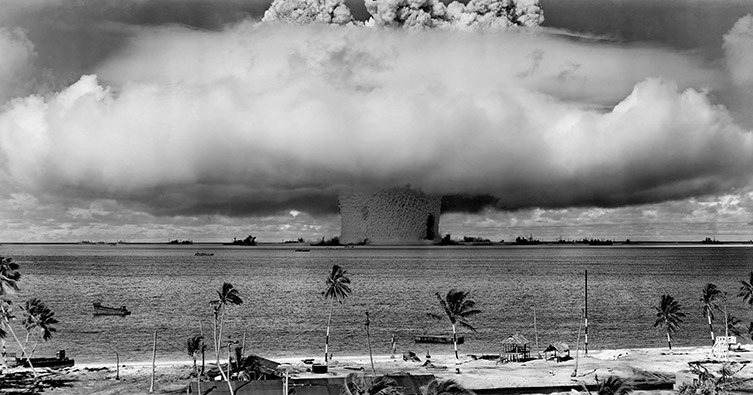
The Baker explosion, a nuclear weapon test by the US in Micronesia, on 25 July 1946. Water released was highly radioactive, and some researchers think this material could be a marker for the beginning of the Anthropocene. Public Domain image via Wikimedia Commons.
Anthropocene and the Industrial Revolution
Some people suggest the Anthropocene began at the start of Britain's Industrial Revolution in the eighteenth century, which created the world's first fossil fuel economy.
Burning the organic carbon in fossil fuels enabled large-scale production and drove the growth of mines, factories and mills. Since then, other countries have followed suit. Demand for coal has increased, along with carbon dioxide emission, to the detriment of the environment.
Others argue that the Anthropocene began far earlier, when humans began farming. Even more people suggest it dawned in 1950, when nuclear weapons cast radioactive elements across the globe. The radioactive debris from nuclear bombs made its way into rocks, trees and the atmosphere - they may represent the golden spike that scientists are searching for. Currently there is no clear consensus.
It is important to note that some countries, regions, communities and industries have contributed to planetary pollution and climate change more than others. Industrialised and post-industrial societies have produced proportionally more emissions and use more resources than developing countries.
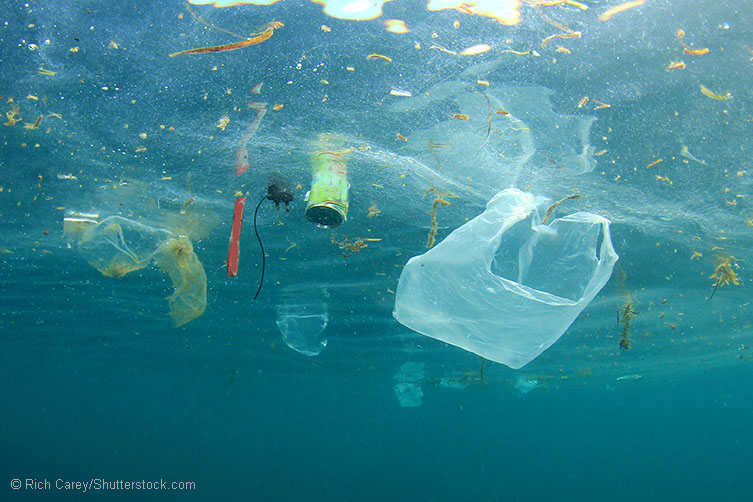
Plastic pollution now permeates every part of the globe, and could be a key factor in the declaration of the Anthropocene. © Rich Carey/ Shutterstock.com
Anthropocene and plastic pollution
Plastic could become a key marker of the Anthropocene. Earth is now awash with plastic - millions of tons are produced every year. Because plastic doesn’t biodegrade, it ends up littering soils and ocean beds.
There is already some evidence that plastic is being deposited into the fossil record. A 2019 study of sediments off the Californian coast found that plastic deposits have been rising since the 1940s.
Plastic pollution is another marker that scientists are studying to find out whether they could be the golden spike, the signifier of the Anthropocene.
The scale of human impact on Earth
To make matters more complicated, the word Anthropocene is used in a variety of cultural and scientific contexts. Researchers, conservationists, poets, philosophers, politicians and activists are all using it, and often they mean quite different things.
The Anthropocene is sometimes used to simply describe the time during which humans have had a substantial impact on our planet. Whether or not we are in a new geological age, we are part of a complex, global system and the evidence of our impact on it has become clear.
Some people think of this human impact largely with regard to climate change - the warming of our atmosphere, air and oceans caused by using fossil fuels. But the age of humans is about more than just climate change.
Our awareness of both the current state of the planet and the effects of our actions is a key factor in the Anthropocene.
Anthropocene and extinction
Although there have been mass extinction events in Earth's history where vast swathes of life have been wiped out, until now they have all been triggered by natural causes like asteroids and volcanic eruptions. This is the first time a single species has caused such destructive effects on the natural world and had an awareness of doing so.
Furthermore, this mass extinction is happening frighteningly quickly: species are becoming extinct at a significantly faster rate than they have for millions of years before.
Is there hope for our planet's future?
Since the beginning of humankind, our planet's global ecology has never been in such a critical state as it is today. But we have also never been better equipped with the tools to understand what is happening and what needs to be done.
The Museum view
With over 80 million specimens, the Natural History Museum houses one of the biggest and most comprehensive natural history collections in the world. They are an invaluable tool not only for understanding the natural world as it stands today, but also for looking back in time at past climates, ocean temperatures and acidity, species abundance and distribution and more.
By understanding what our planet has undergone in the past and how life responded to environmental changes, we can more effectively predict and plan for the future.
By using our collections and scientific research to highlight the current state of our planet and what needs to be done for a better future, we hope to help you make informed, meaningful decisions. We all have an important part to play in protecting the planet and its inhabitants.

Protecting our planet
We're working towards a future where both people and the planet thrive.
Hear from scientists studying human impact and change in the natural world.
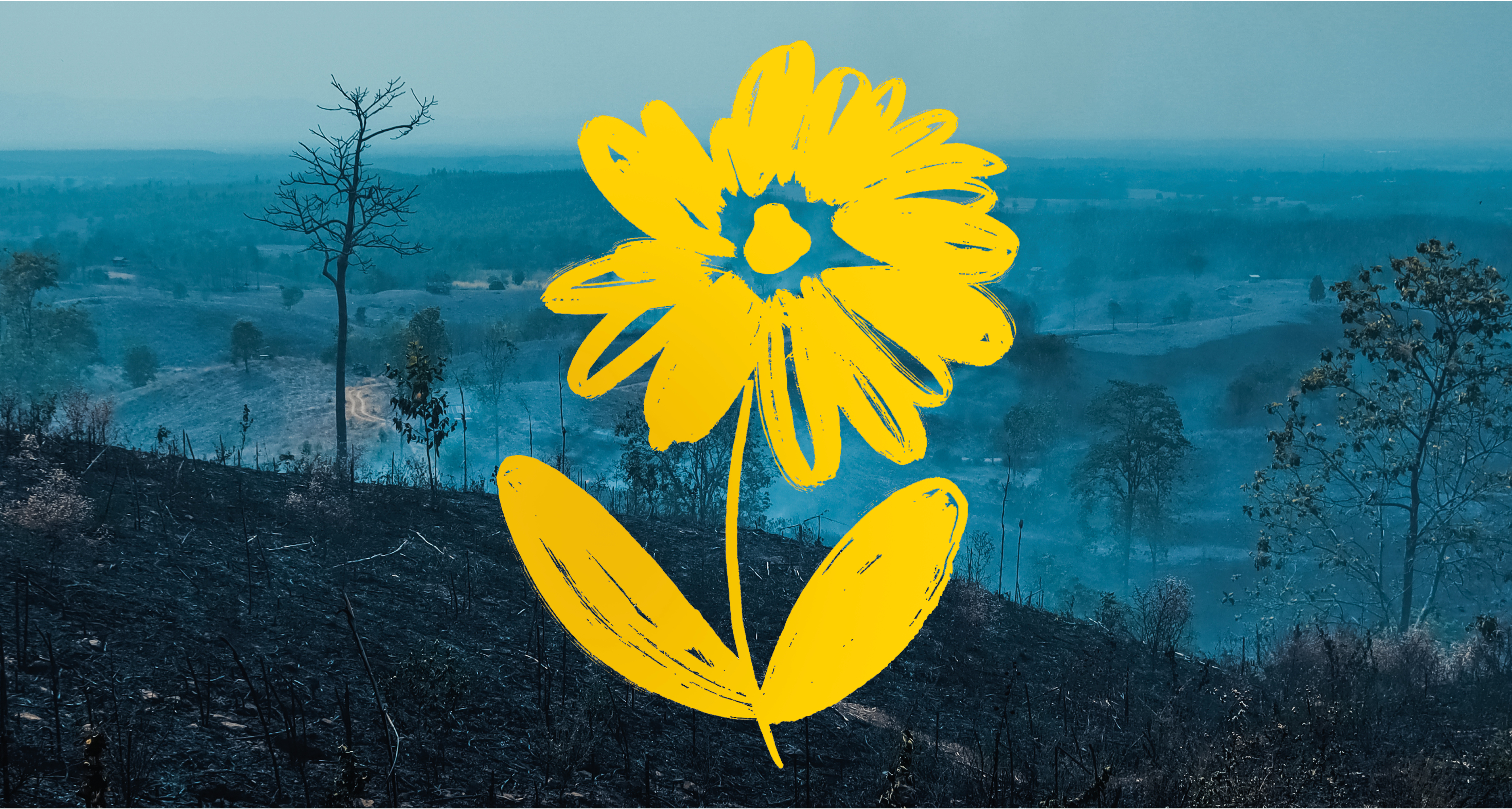
Fixing Our Broken Planet
Discover science-backed, hopeful solutions that will help us to create a more sustainable world.
New gallery open now.
Concerned about the planet’s future?
Explore our on-demand course on the Biodiversity Crisis and learn how you can help.

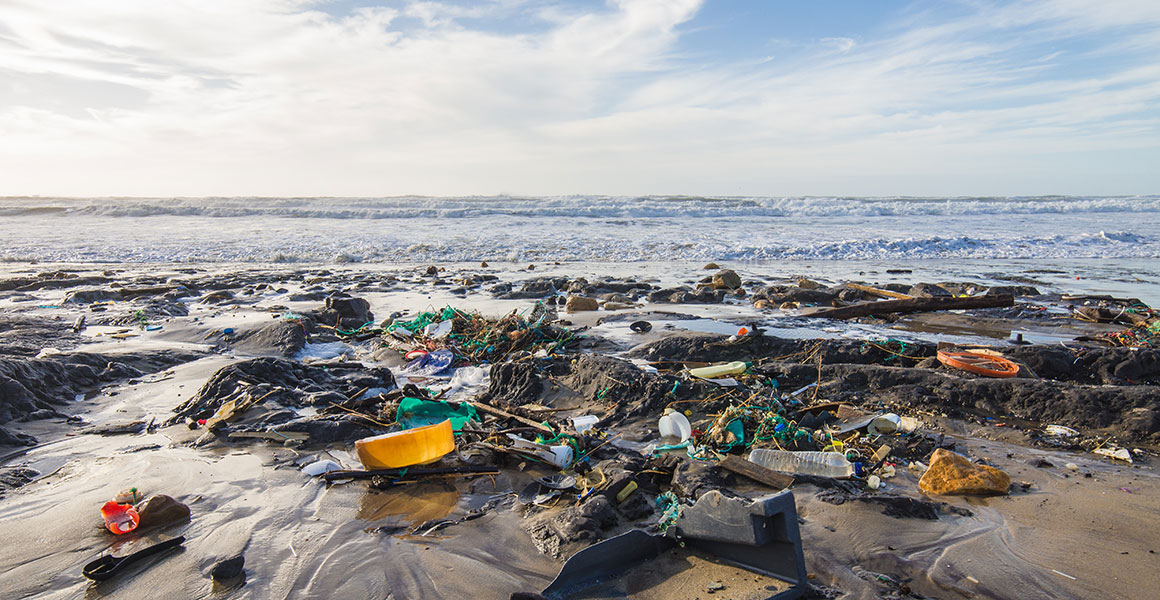

Don't miss a thing
Receive email updates about our news, science, exhibitions, events, products, services and fundraising activities. We may occasionally include third-party content from our corporate partners and other museums. We will not share your personal details with these third parties. You must be over the age of 13. Privacy notice.
Follow us on social media